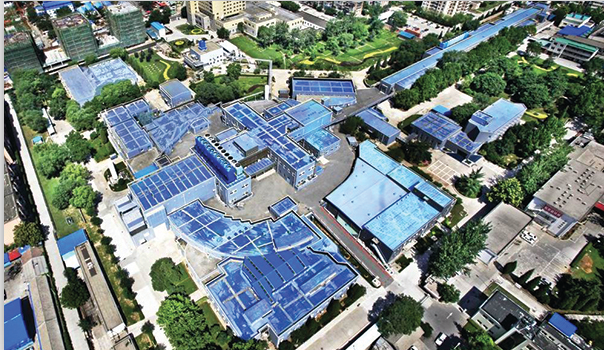
Particle physicists in China have been awarded ¥36m ($5m) to carry out preliminary research for what would be the world’s largest particle accelerator – the Circular Electron Positron Collider (CEPC). The money, from China’s Ministry of Science and Technology, will be used to develop key technologies as well as decide a site for the collider. The CEPC international advisory committee is expected to meet in November to begin drumming up support from other countries to get involved.
 |
| With the Beijing Electron Positron Collider expected to retire in 2022, physicists in China are planning the country’s next big thing. (IHEP) |
The design calls for the CEPC to operate at 240 GeV as a “Higgs factory” generating lots of Higgs bosons so that its mass can be precisely measured. Physicists hope to eventually upgrade the CEPC to a super -proton–proton collider (SPPC), operating in the 70–100 TeV energy range. Yuanning Gao – a particle physicist at Tsinghua University in Beijing who chairs the committee of representatives from all of the Chinese participating institutions – says that researchers will require additional funding to work on a conceptual design report as well as on technical and engineering designs. Scientists would need support from the country’s National Development and Reform Commission, which could come during the 14th five-year plan period that runs from 2020 to 2024.
If that does happen then construction of the collider could begin in the mid-2020s, with the size dependent on how much money is available. Construction is estimated to be ¥25–30bn, with a collider with a smaller circumference costing less but limiting the future potential of the SPPC. (Phyiscs World)

86-10-68597521 (day)
86-10-68597289 (night)

86-10-68511095 (day)
86-10-68512458 (night)

cas_en@cas.cn

52 Sanlihe Rd., Xicheng District,
Beijing, China (100864)

